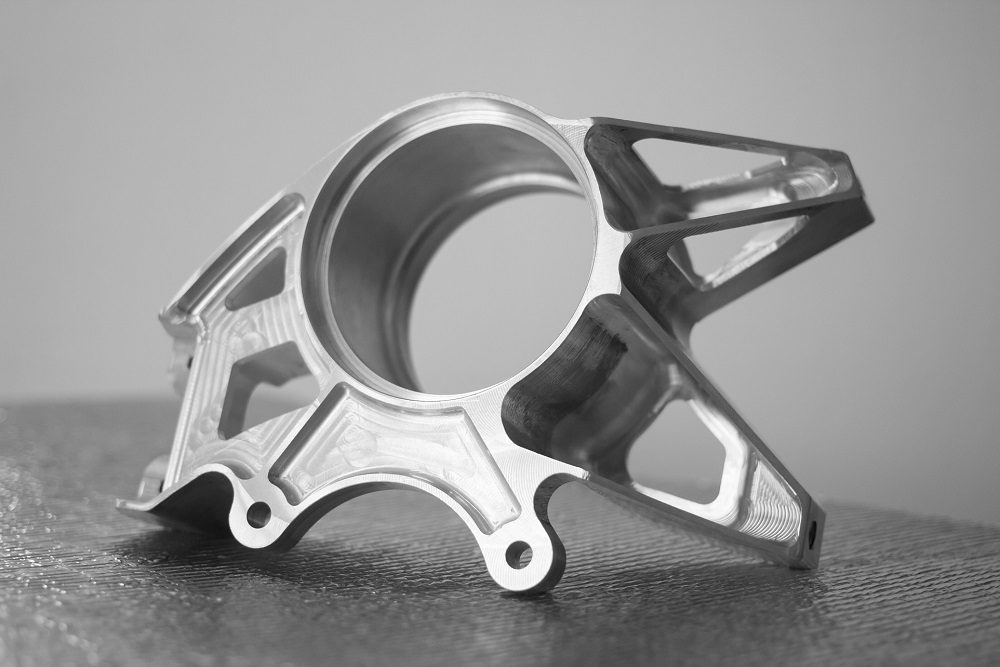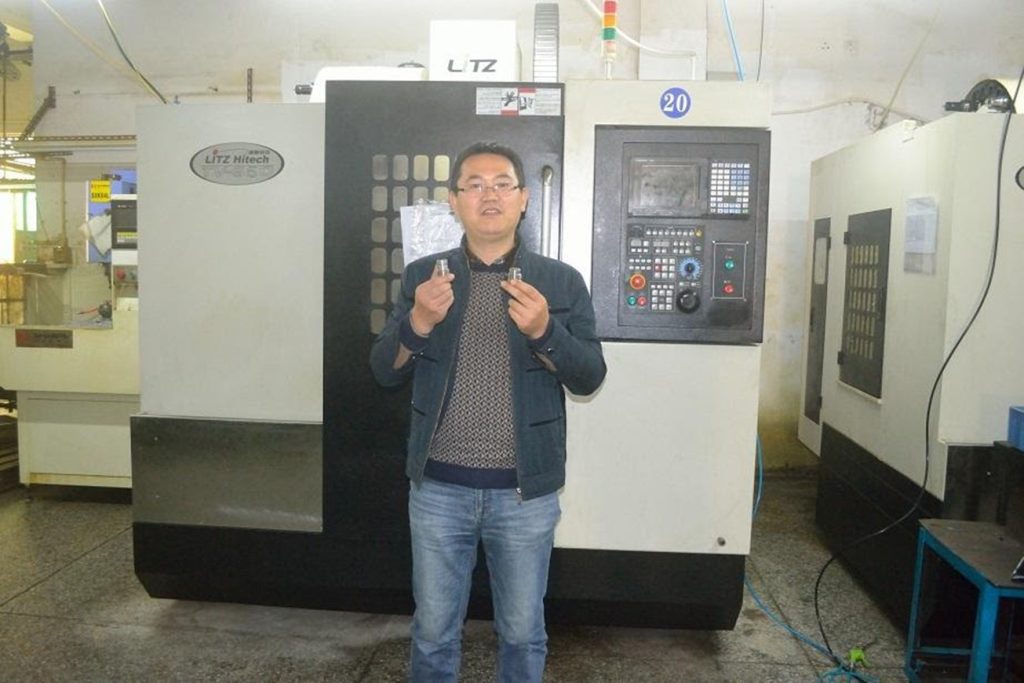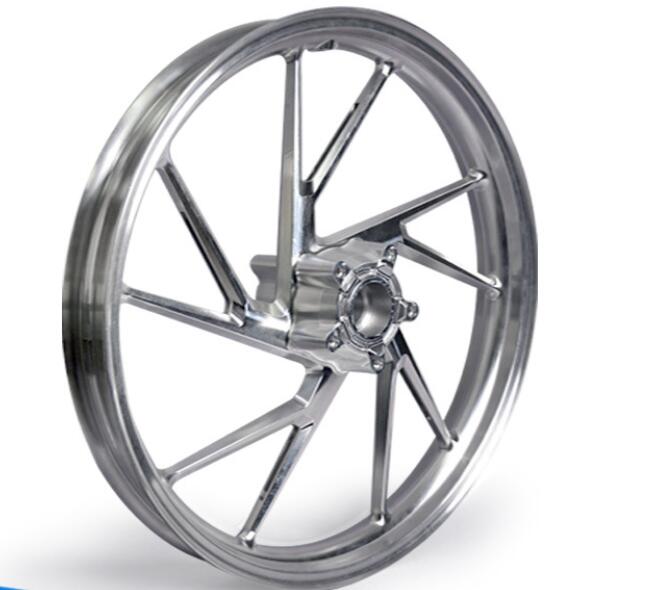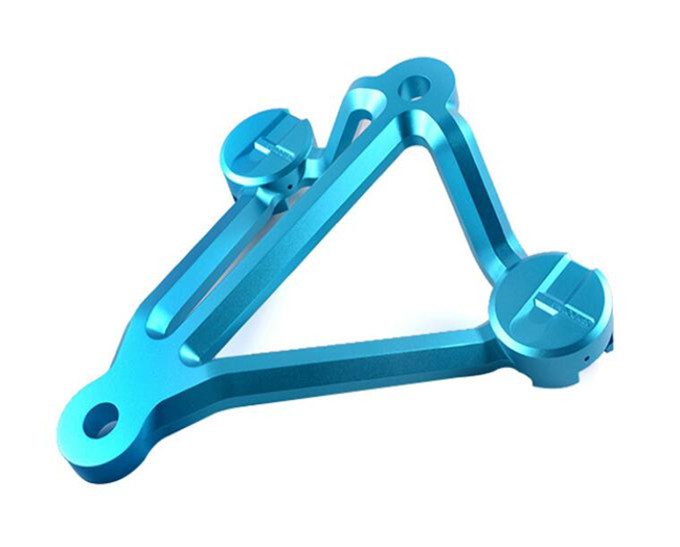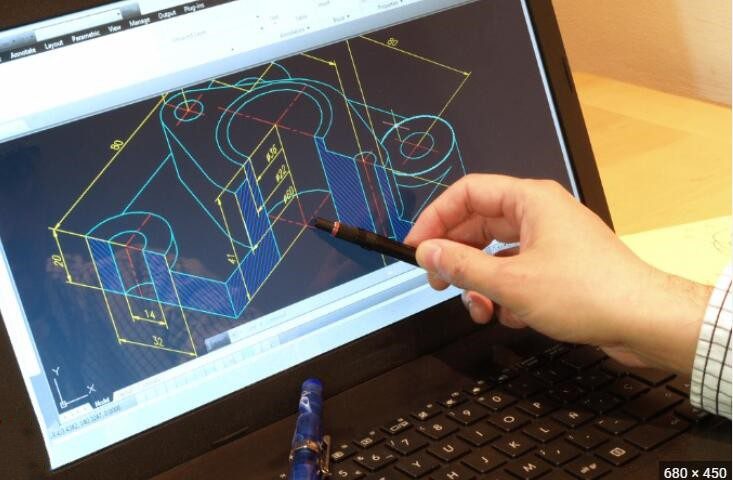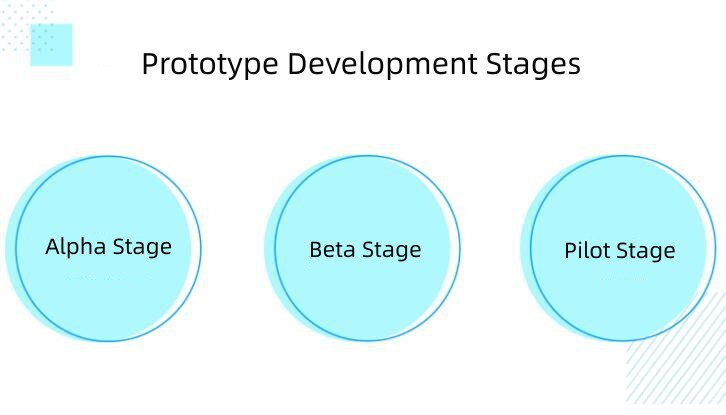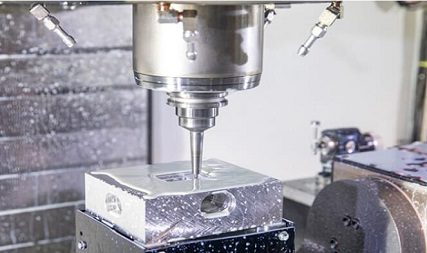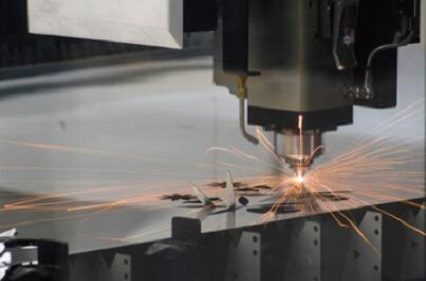The journey from an idea to a tangible product is a meticulous process filled with numerous essential stages. One of the most critical stages in this process is prototype development. But what is prototyping, and why is it so vital in part fabrication?
This blog post explores prototype development, its importance in part fabrication, and the various stages involved in the process. Whether you’re a seasoned engineer or an aspiring inventor, this guide will shed light on this vital step in the product development journey.
A prototype is an early model or sample built to test a concept or process or act as an object to be replicated or learned from. It is a term used in a variety of contexts, including software programming, semantics, design, electronics, and more.
For example, if we consider a prototype example product in the context of part fabrication, it could be a model of a mechanical part produced in a scaled-down size or made from a different material than the final piece.
In the context of product development, prototypes represent an essential stage where the theoretical design transitions into a tangible item that can be tested, reviewed, and refined.
Purpose of Prototyping
The main purpose of prototype development is to validate the design and functionality of a product before moving into full-scale production. Prototype developers use these early models to identify and correct potential issues, ensuring that the final product meets the highest quality standards.
Prototyping development helps in:
- Identifying and resolving design flaws early in the development prototype phase
- Gathering valuable feedback from stakeholders or potential customers
- Verifying that the product meets the necessary specifications and requirements
- Reducing time and costs associated with changes made during later stages of production
At Worthy Hardware, our expertise in prototype development has allowed us to deliver top-tier CNC machining parts that exceed our clients’ expectations.
The Concept of Manufacturing Prototypes
Manufacturing a prototype involves creating a single physical model of the product using a technique that mirrors the actual production process. The prototype developer utilizes specialized software and machinery to develop prototypes.
From CAD software and CNC machines to advanced techniques such as rapid prototyping and 3D printing, a variety of tools and techniques are used in the prototyping development process. In the manufacturing industry, prototyping is not only a tool for visualization and testing but also a way to ensure that the production process itself is feasible and efficient.
Categories Of Prototyping Development
When it comes to the types of prototypes, there’s no one-size-fits-all. Different industries and different product stages require distinct kinds of prototypes. Let’s take a look at some common categories.
Working Prototypes
A working prototype is a prototype that operates just like the final product. It is designed to demonstrate the features and operations of the final product, although it might not exactly resemble it in appearance.
For instance, a working prototype of a machine component made at Worthy Hardware might be created to ensure that the part fits correctly and operates as desired before proceeding to the full-scale manufacturing process.
Functional Prototypes
Unlike working prototypes, functional prototypes might be developed at a different scale or using different manufacturing methods, but they serve the same purpose – to demonstrate the functionality of the final product.
A functional prototype provides proof of concept, ensuring that the design works before it is refined into a looks-like prototype.
Visual Prototypes
A visual prototype focuses on the visual aspects of the final product, displaying the shapes, dimensions, and the conceptual layout of the product.
These types of prototypes are typically used in the early stages of the prototype development process and are invaluable for stakeholders to visualize the product.
User Experience Prototypes
User Experience (UX) prototypes provide a detailed insight into the product’s functionality, its interaction with the user, and the overall user experience.
UX prototypes are essential for gathering user feedback and making the necessary adjustments to the product design.
In the automotive industry, prototype development is essential for testing new designs, features, and technologies. Prototype developers in this industry often create both looks-like and working prototypes for various components, including engines, body parts, and electronic systems.
Electronics
In the electronics industry, prototypes are used to test circuit designs and the functionality of various components. An electronics prototype developer might create a functional prototype of a circuit board before the final board is manufactured.
Medical Devices
Medical device prototype development is critical due to the strict standards and regulations in this industry. Prototypes are often used to conduct rigorous testing and trials before the device is approved for use.
Aerospace
In the aerospace industry, the development prototype stage is vital for testing the performance, durability, and safety of components under extreme conditions.
Consumer Products
In the consumer products industry, prototypes are often used to present new product ideas to potential investors or stakeholders. They also serve as a valuable tool for conducting consumer research and gathering feedback.
Why is Prototype Development Vital?
As we’ve established, prototype development forms a critical part of the product development process. But why exactly is it so crucial? Here’s a breakdown of the key reasons.
Product Presentation
Before a product is mass-produced, it is important to ensure that the design is sound and that the final product will function as intended. Prototypes serve as a tangible and visual representation of the product, making them a valuable tool for presentations and demonstrations to clients, stakeholders, and team members.
This physical model of your product can make all the difference when it comes to persuading others of your vision.
Concept Validation
Developing a prototype allows the team to test the design in real-world conditions and identify any potential issues or improvements. It provides valuable insights into the performance of the product, which can be used to make necessary adjustments to the design.
The feedback gathered during this stage can help in preventing costly changes in the future, making prototype development a vital part of the prototyping development process.
Cutting Production Costs
Lastly, prototype development can help in mitigating waste during the production stage. By identifying any design or function issues early on, companies can avoid the expense of a faulty production run. Thus, a prototype can end up saving time and money in the long run.
Distinguishing Between a Prototype and the Final Product
A common question we often encounter is: how different is the prototype from the final product? The answer to that largely depends on the development prototype phase and the kind of prototype being developed.
A looks-like prototype might look exactly like the final product, but it won’t necessarily function like one. Similarly, a working or functional prototype might operate exactly like the final product but may not look like it.
Material variations can also impact the appearance and finish of the prototype compared to the final product. For instance, the prototype might be 3D printed using a particular material for testing, while the final product might be made from a completely different material.
Another key difference between prototypes and final products is the quantity produced. Prototypes are typically produced in limited quantities for testing and validation, while the final product is produced in larger quantities for sale or distribution.
The prototype development process often involves multiple stages, each contributing to the refinement and improvement of the final product. Here are the key stages involved in prototype development:
Alpha Stage
This is the first stage of the prototype development process. During the Alpha stage, we develop appearance and proof-of-concept prototypes. This initial stage focuses on assessing the part’s aesthetics, texture, and overall function. The prototypes at this stage give a rough idea of what the final product might look like and how it might work.
The Alpha stage also involves a lot of experimentation and revisions based on feedback. For instance, during this stage, Worthy Hardware creates and tests multiple iterations of a part or product until they get it just right.
Beta Stage
Next comes the Beta stage, where engineering and production prototypes are created. These are a step closer to the final product in terms of aesthetics and functionality. The goal at this stage is to refine the design and resolve any lingering issues. Prototypes at this stage are typically made using the same methods and materials intended for the final product, allowing for more accurate testing and evaluation.
The prototypes created at this stage are often used for more comprehensive testing, market research, and for acquiring certification or approval from regulatory bodies.
Pilot Stage
This is the final stage in the prototype development process. The prototypes created during the Pilot stage are essentially the ultimate prototypes for certification and final refinements before the product goes into mass production. These are almost identical to the final product and are used for a final round of verification and validation.
So, after going through these stages, what comes after a prototype? Usually, it’s the manufacturing process. But before we delve into that, let’s discuss the different technologies and techniques used in prototype development.
Technologies and Techniques in Prototype Development
From initial concept to final product prototype, various techniques and technologies are employed throughout the prototype development process. Let’s delve into some of these key methodologies:
CAD and CAM Software
Computer-Aided Design (CAD) and Computer-Aided Manufacturing (CAM) software play a pivotal role in prototype development. CAD software is used to design and tweak the prototype digitally, allowing for a high degree of precision and flexibility.
Once the design is finalized, CAM software translates the CAD files into commands that machines can interpret, bringing the digital design to life. Discover more about the use of CAD and CAM in CNC machining at Worthy Hardware.
CNC Machining
CNC Machining is one of the most common methods used in prototype development. It involves using computer-controlled machines to cut, mill, and shape materials based on the specifications provided in the CAD file.
The process is highly accurate, and the prototype developer can use it to create complex shapes and designs that would be difficult to achieve with manual machining. Read more about this process at Worthy Hardware.
3D Printing
3D Printing, or additive manufacturing, builds a physical model from a digital design by adding material layer by layer. This process is particularly useful in the early stages of prototyping, as it allows designers to quickly and cost-effectively produce physical prototypes for evaluation and testing.
Laser Cutting
Laser cutting is a non-contact process that uses a laser to cut materials, resulting in high-quality, dimensionally accurate cuts. The process can be automated and is often used to make parts or prototypes that require precise, complex cuts.
Injection Molding
Injection molding is used to produce parts in large volumes. It’s especially useful when you need to produce a large number of identical prototypes for testing or market research. However, the setup costs can be high, making it more suited to later stages of prototyping.
Frequent Mistakes in Prototype Development
Even with the best intentions and efforts, it’s not uncommon to encounter roadblocks in the prototype development process. Here are some common pitfalls that could hinder your progress:
Neglecting Professional Input
While it’s possible to handle some aspects of prototyping in-house, neglecting to seek professional help can lead to costly mistakes. For example, a professional prototype developer can provide invaluable insights into the best materials and techniques for your prototype, helping you avoid costly trial-and-error.
Inaccurate Cost Forecasting
Underestimating the costs associated with prototype development can lead to financial difficulties down the line. It’s essential to consider all potential expenses, from material costs to labor, and account for potential changes or complications in the development process.
Lack of Sufficient User Feedback
Prototyping is not just about creating a working prototype; it’s also about refining the product based on user feedback. Neglecting to gather sufficient feedback can lead to a product that doesn’t meet user needs or expectations.
Rushing the Process into Tight Schedules
While speed is often a priority in product development, rushing the prototyping development process can lead to oversights and mistakes. It’s crucial to allocate sufficient time for each stage of prototyping, from the initial design to testing and refinement.
Conclusion
In conclusion, prototype development is an essential stage in the product development cycle. It bridges the gap between the conceptual design and the final product, serving as a vital tool for testing, refinement, and demonstration.
The process of developing prototypes can be as complex as the products themselves. However, by adhering to the stages of development, utilizing the right technologies, and avoiding common pitfalls, we can streamline the prototype development process and ensure a successful transition from prototype to final product.
Worthy Hardware’s rapid prototyping services offer a seamless and efficient process. From the initial concept, through design and manufacturing, to the final working prototype, our experienced team provides comprehensive support at every step.
Frequently Asked Questions
What is prototype development?
Prototype development is a crucial step in the product development cycle where a physical model of a product, or a prototype, is created. It’s a practical, physical representation of your product idea, allowing stakeholders to interact with it and provide feedback, helping to identify and correct any issues before moving into production.
What is the difference between a looks-like and works-like prototype?
A looks-like prototype primarily focuses on the physical appearance and aesthetics of the product but may not include any functioning elements. A works-like prototype, on the other hand, may not replicate the final design or materials but will mimic the functionality and mechanics of the final product.
What is rapid prototyping?
Rapid prototyping is a range of techniques used to quickly fabricate a physical model of a part or assembly using CAD and 3D printing technology. It allows designers to turn their ideas into tangible prototypes quickly, facilitating immediate feedback and enabling faster iterations.


